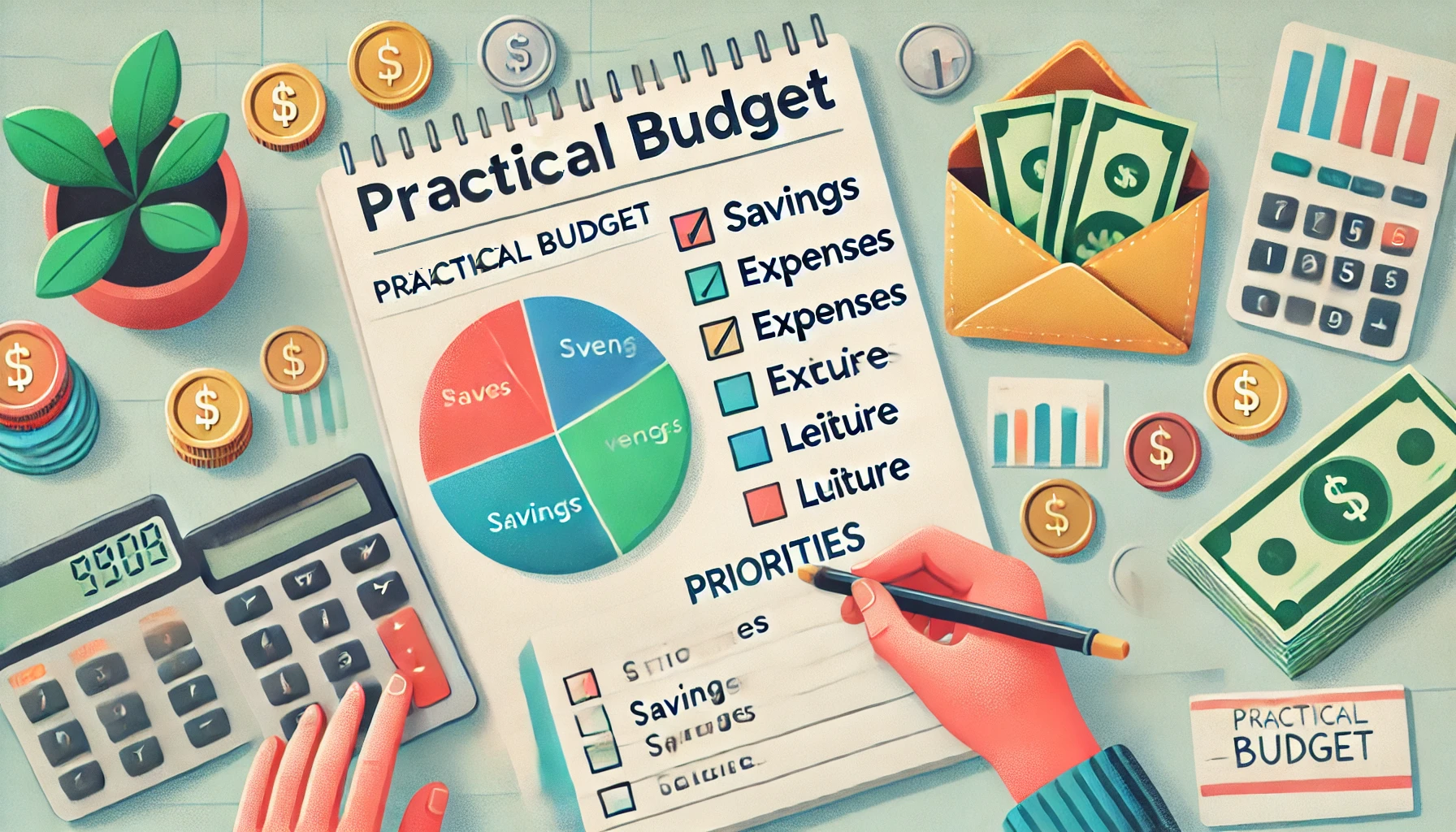Creating a budget can feel daunting, but it’s a crucial step towards achieving your financial goals. Whether you’re looking to save for a down payment, pay off debt, or simply have more control over your finances, a well-crafted budget can make a significant difference.
This guide will walk you through the process of creating a budget that actually works for you, making it easier to stick to and achieve your financial aspirations.
1. Track Your Spending
Before you can create a budget, you need to understand where your money is currently going.
• Gather your financial documents: Collect bank statements, credit card bills, and any other relevant financial records.
• Use a budgeting app: Utilize budgeting apps like Mint, Personal Capital, or YNAB (You Need A Budget) to automatically track your spending.
• Categorize your expenses: Divide your spending into categories such as housing, transportation, groceries, entertainment, and dining out.
2. Determine Your Income
• Calculate your net income: Determine your take-home pay after taxes and other deductions.
• Consider all sources of income: Include any additional income streams, such as side hustles or investment income.
3. Set Realistic Financial Goals
Define your short-term and long-term goals:
o Short-term goals: Paying off credit card debt, saving for a vacation, building an emergency fund.
o Long-term goals: Buying a home, funding retirement, saving for your children’s education.
Make your goals specific, measurable, achievable, relevant, and time-bound (SMART goals).
4. Choose a Budgeting Method
• 50/30/20 Rule: Allocate 50% of your income to needs, 30% to wants, and 20% to savings and debt repayment.
• Pay Yourself First: Automatically transfer a portion of your income to savings before spending on anything else.
• Envelope System: Allocate cash for specific categories and use envelopes to track spending.
5. Create a Budget Plan
• Allocate funds to each category: Assign specific amounts to each expense category based on your income and spending habits.
• Be realistic: Don’t create an overly restrictive budget that you’re unlikely to stick to.
• Adjust as needed: Regularly review and adjust your budget based on your changing circumstances.
6. Stick to Your Budget
• Regularly review your spending: Track your expenses throughout the month to ensure you’re staying on track.
• Find ways to cut back: Identify areas where you can reduce unnecessary spending, such as dining out less frequently or finding cheaper alternatives.
• Reward yourself for your progress: Celebrate your successes to stay motivated.
7. Automate Your Finances
• Set up automatic transfers: Schedule automatic transfers to your savings account and for bill payments.
• Utilize autopay options: Enroll in autopay for recurring bills to avoid late fees and missed payments.
8. Review and Adjust Regularly
• Review your budget monthly: Analyze your spending and make adjustments as needed.
• Re-evaluate your goals: As your financial situation changes, reassess your financial goals and adjust your budget accordingly.
Conclusion
Creating a budget that actually works takes time and effort, but the rewards are well worth it. By following these steps and consistently reviewing and adjusting your plan, you can gain control of your finances, achieve your financial goals, and build a more secure future.


























